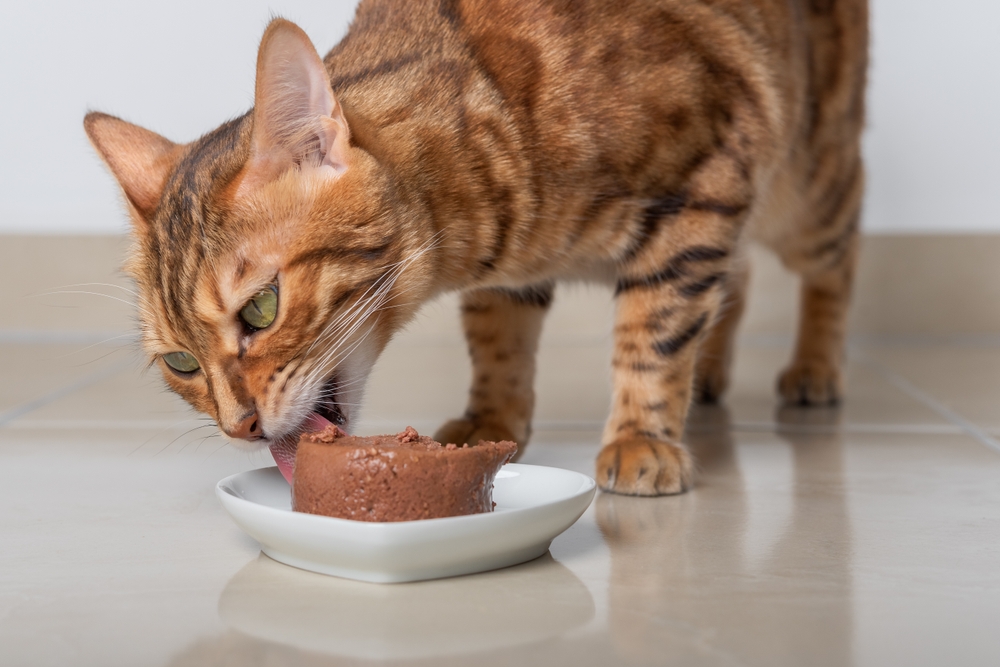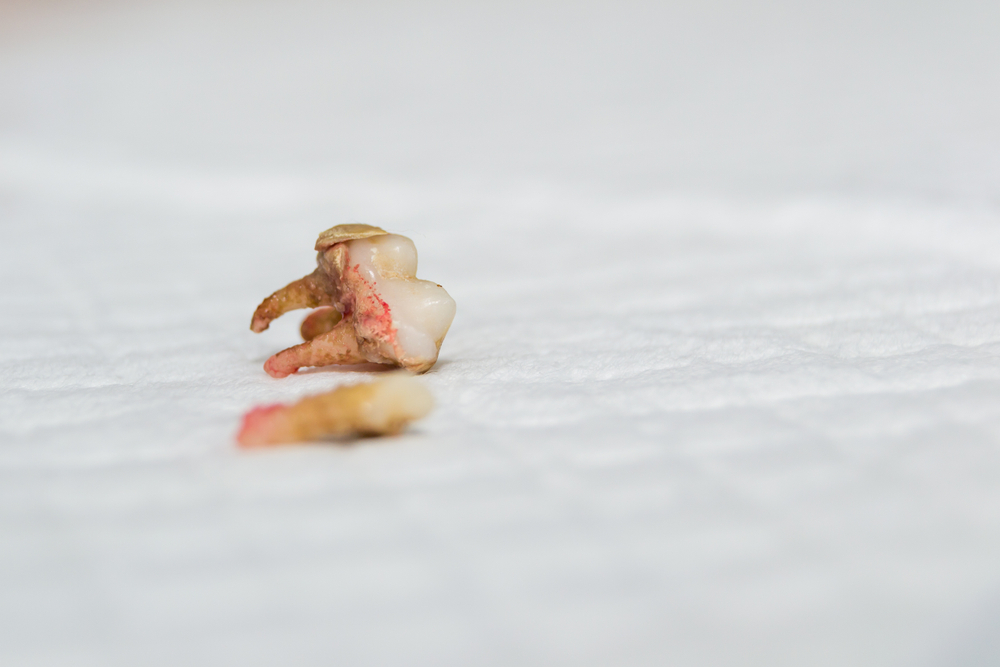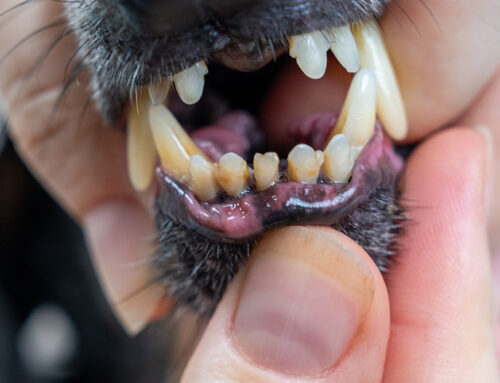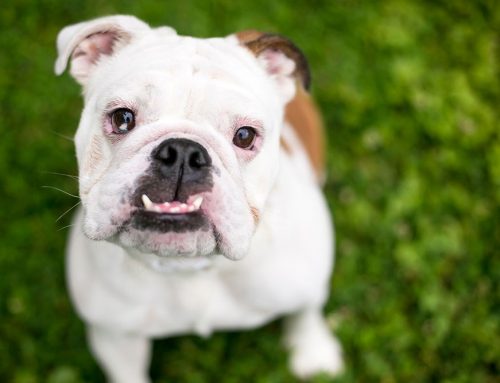Uh-oh—your pet’s veterinarian or veterinary dentist has advised that your pet needs one or more of their teeth removed (i.e., extracted). Although the concept of dental extractions can be scary, with diligent after care and monitoring, most pets take this oral surgery in stride. Here’s a brief guide from the North Bay Veterinary Dentistry team to help you understand what to expect after your pet’s dental extraction and some handy tips to ensure a smooth recovery.
Why dental extractions are necessary for pets
Similar to humans, pets may require tooth removal for a variety of reasons, including periodontal disease (i.e., dental disease), oral trauma, crowding, persistent deciduous (i.e., baby or milk) teeth, broken teeth, and previous dental procedures (e.g., retained root from an incomplete extraction). Failing to remove damaged or misaligned teeth can worsen existing disease and chronic pain or contribute to future oral problems.
Peace of mind: Anesthesia and your pet’s dental extraction
Veterinary dentistry is always performed under general anesthesia to ensure the safety of your pet and the veterinary staff. Anesthesia also ensures your pet will not feel or remember the procedure and will remain completely still throughout the procedure, which allows the veterinary team to perform detailed and thorough diagnostics, oral cavity assessment, pain management, advanced dental procedures, and surgical closure.
Pain management: The key to your pet’s healing
Pain isn’t merely uncomfortable—pain can actually slow or prevent your pet’s healing and lead to other complications. At North Bay Veterinary Dentistry, our veterinary team manages your pet’s pain before, during, and after their procedure using a variety of methods. These include pre-anesthetic analgesia that may begin at home with an oral premed, local nerve blocks to numb the area of surgery, and prescription medication to administer at home. This comprehensive approach effectively blocks pain before it starts, reducing your pet’s sensitivity which allows us to use less anesthetic medications, and ensures a safer, faster recovery. By continuing pain medication after the procedure at home, you will continue to help them heal and return to normal quickly.
Going home: Post-extraction care for pets

When you pick up your pet from North Bay Veterinary Dentistry, they may still be groggy or tired, which is a normal response to anesthesia and generally resolves after 12 to 24 hours. At home, allow them to rest normally while supervised for the first few hours, and as long as they are continuing to get back to themselves you both should get a good night’s rest.. Our veterinary team will go over your pet’s specific discharge information, but here are a few general guidelines to keep in mind for your pet’s big move home.
- Feed your pet a soft food diet — Extraction sites are sutured closed with absorbable suture that breaks down on its own. However, the gum tissue is inflamed and more delicate following the surgery. Plan to feed soft food (e.g., canned food or your pet’s kibble soaked in warm water until soft) for the length of time as directed by our team, to give them the best recovery possible.
- Remove hard chew toys and chew treats and toys that are very dirty — Like dry food, plastic toys, chews, and rough rope toys or toys covered in dirt and sand can damage healing areas and a second procedure may be required to correct or repair broken sutures. Keep all hard or inflexible toys out of reach and supervise your pet outdoors until they are cleared to play.
- Give all medications according to label directions — Pain medications and antibiotics should be given as instructed. Note any specific instructions—for example, should your pet’s medication be given with food, refrigerated, or administered every 8, 12, or 24 hours? We will give you a detailed medication schedule to follow at discharge.
- Monitor your pet’s mouth — Observe your pet’s behavior and watch for warning signs that could indicate a complication. Signs include:
- Not wanting to eat for longer than 24h
- Lethargy after the initial 24 to 48 hours
- Frank bleeding from the mouth
- Continued pawing or face rubbing
- Excessive drooling
- Unusual vocalizing (e.g., whining, yowling) after the first 12 hours
- Any other abnormal behavior
If your pet’s condition concerns you, it concerns us. Contact the North Bay Veterinary Dental team to determine whether your pet needs a recheck, more or different pain management, or other solutions.
- Attend your pet’s follow-up appointments — Follow-up visits ensure your pet’s mouth is healing and allow our team to address any complications before they become significant. Also at these appointments, we will determine if your pet can return to their regular diet and routine, and demonstrate how to care for your pet’s teeth at home and reduce the likelihood of future extractions.
Your pet’s road to recovery starts here
Learning that your pet needs one or multiple dental extractions can sound scary, but with proper pain management, delicate surgical techniques, and specialized care, most dogs and cats enjoy a great recovery and an enhanced quality of life. For more information about our advanced dental care services and state-of-the-art anesthetic safety protocols, or how to schedule your pet’s dental care at North Bay Veterinary Dentistry, contact our caring team.






Leave A Comment